The first time I strummed a 12 fret acoustic guitar, I felt as if I’d discovered a hidden treasure in the world of music. The rich, resonant tones that filled the room were unlike anything I’d experienced before. As I delved deeper into its unique characteristics, I realized I was on the cusp of a musical journey that would forever change my perspective on acoustic guitars.
As the editor of Acoustic Guitar magazine since 2014, I’ve had the privilege of exploring countless guitar configurations. The 12 fret acoustic holds a special place in my heart, and I’m thrilled to share my insights with you. In this comprehensive guide, we’ll explore the nuances of choosing and using these remarkable instruments, from their distinctive sound qualities to the techniques that bring out their best. Whether you’re a seasoned player or a curious beginner, prepare to embark on an enlightening adventure into the world of 12 fret acoustics.
Understanding 12 Fret Acoustic Guitars
Defining 12 Fret Guitars
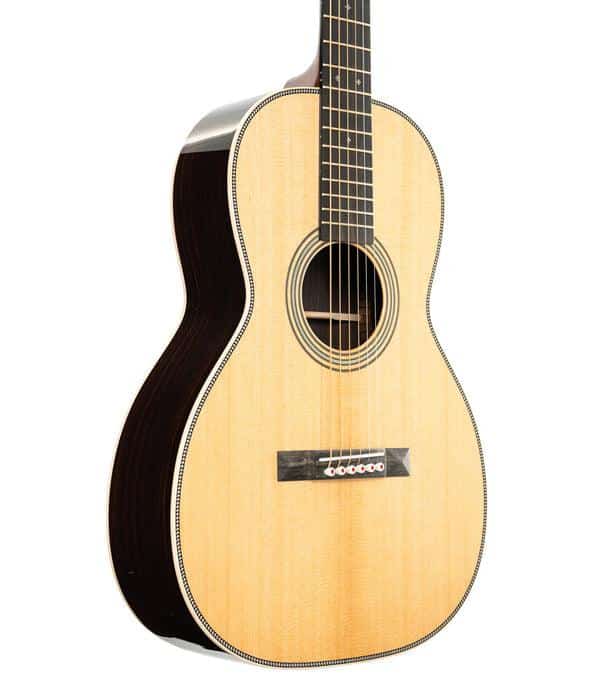
As a guitar enthusiast and transcriber, I’ve developed a deep appreciation for the unique construction of 12 fret guitars. These instruments are defined by their 12th fret join, where the neck meets the body. This configuration results in a shorter scale length and a body that begins closer to the nut, creating a distinct playing experience. The placement of the bridge closer to the center of the lower bout enhances the guitar’s resonance and tonal qualities.
In my experience, 12 fret acoustic guitars offer a warmer, more balanced sound with enhanced bass response. The shorter scale length also provides a different feel under the fingers, often making string bending easier. Understanding these defining characteristics is crucial when exploring the world of 12 fret guitars, as they significantly impact the instrument’s sound, playability, and overall character. This unique design has contributed to the rich tapestry of acoustic guitar options available to players today.
12 Fret vs 14 Fret Acoustic Guitars
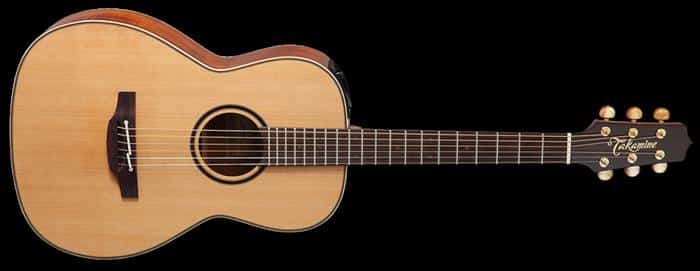
As we delve deeper into the world of 12 fret acoustics, it’s crucial to understand how they compare to their 14 fret counterparts. Having written extensively about different guitar configurations for ‘Premier Guitar’, I’ve developed a keen understanding of the nuances between 12 and 14 fret acoustics. The primary difference lies in the position of the body joint relative to the fretboard. In a 12 fret guitar, the neck meets the body at the 12th fret, while in a 14 fret, it’s at the 14th.
This seemingly small change has significant implications. The shorter neck of a 12 fret guitar results in a larger body and a bridge positioned further from the soundhole. This configuration often leads to a warmer, more resonant tone with enhanced bass response. Conversely, 14 fret guitars typically offer easier access to higher frets and a slightly brighter sound. Through my experiences testing various models, I’ve found that 12 fret guitars excel in fingerstyle and softer playing techniques, while 14 fret models are often preferred for more aggressive strumming and lead work.
Advantages and Disadvantages
Sound Quality and Tone
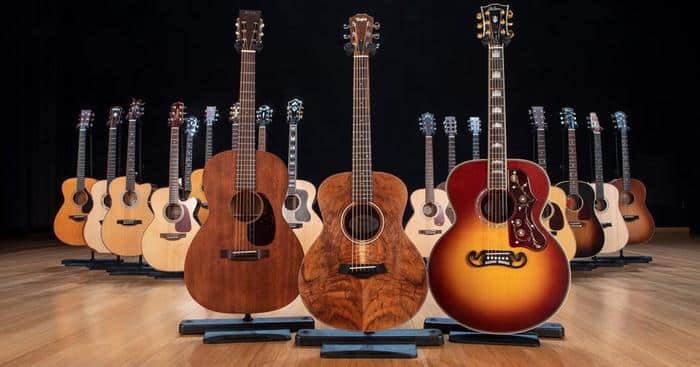
When it comes to sound quality and tone, 12 fret acoustic guitars offer a unique sonic experience. In my years of playing and analyzing various guitars, I’ve found that the 12 fret design contributes to a richer, more balanced tone compared to their 14 fret counterparts. The placement of the bridge closer to the center of the lower bout results in increased soundboard vibration, enhancing the guitar’s resonance and projection. This configuration often yields a warmer, more vintage-like sound that many players, including myself, find particularly appealing for fingerstyle and blues techniques. However, it’s worth noting that this tonal character might not suit all musical styles equally. The 12 fret guitar’s sound quality shines in intimate settings but may lack the cutting power needed for some ensemble performances.
Playability and Comfort
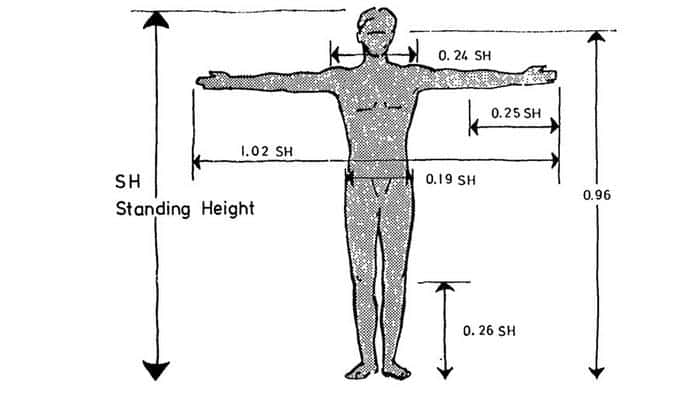
As a long-time guitarist, I’ve found that playability and comfort are crucial factors in choosing any instrument. The 12 fret acoustic guitar, particularly in its short scale variants, offers unique ergonomic advantages. The reduced scale length creates less string tension, making fretting and bending notes easier on your fingers. I’ve noticed this design allows for a more relaxed playing posture, especially beneficial during extended sessions. The neck joint’s position at the 12th fret also brings the body closer, creating a more intimate playing experience. However, it’s worth noting that accessing higher frets can be more challenging. Over the years, I’ve learned to adapt my technique, finding that the trade-off in upper-fret accessibility is often outweighed by the enhanced comfort and playability in the lower positions, where most acoustic guitar playing occurs.
Choosing the Right 12 Fret Acoustic Guitar
Popular Brands and Models

Having reviewed countless guitars in my editorial role, I’ve developed a keen eye for standout 12 fret models. Among the most popular brands, Taylor and Martin consistently deliver exceptional instruments. The Taylor 12 fret guitar line, particularly the Grand Concert models, offers a balanced tone with impressive clarity. I’ve found their necks to be incredibly comfortable, making them ideal for fingerstyle players.
On the other hand, the Martin 12 fret guitar range, such as the 000-12E Koa, brings a rich, warm tone that’s perfect for strummers and pickers alike. Martin’s commitment to traditional craftsmanship shines through in every instrument. While these brands are at the forefront, don’t overlook offerings from Guild, Gibson, and Collings. Each brings its unique character to the 12 fret design, catering to different playing styles and preferences. When choosing your guitar, consider trying models from various manufacturers to find the one that resonates with your personal style and sound preferences.
Body Styles and Sizes

When it comes to body styles and sizes, 12 fret acoustic guitars offer a diverse range of options. I’ve found that small body 12 fret guitars are particularly popular due to their intimate feel and focused sound. These compact instruments, often in parlor or 00 sizes, excel in fingerstyle playing and have a warm, balanced tone that’s perfect for blues and folk. However, don’t overlook larger body styles. Dreadnoughts and jumbos with a 12 fret neck joint provide a powerful, room-filling sound that’s ideal for strummers and flat-pickers. In my experience, the key is to match the body style with your playing style and tonal preferences. Remember, the 12 fret design shifts the bridge position, affecting the guitar’s resonance regardless of body size. This nuance is crucial in achieving the distinctive 12 fret sound across all body styles.
Playing Techniques for 12 Fret Guitars

As a guitarist who’s explored various playing styles, I’ve always been fascinated by how instrument design can shape our approach to music. What if I told you that the unique design of a 12 fret guitar could open up new realms of playing techniques you never thought possible?? It’s true – the 12 fret acoustic guitar offers a playground for creativity that’s often overlooked.
Drawing from my background in Contemporary Improvisation and my work on instructional books like ‘Color Your Chords’, I’ve discovered some exciting techniques that truly shine on a 12 fret guitar. The shorter scale length and different bridge placement create a softer, more responsive feel that’s perfect for fingerstyle playing. I often use a technique I call “ghost hammering,” where I lightly tap the strings behind the fretting hand to create ethereal harmonics that dance around the main melody.
Another technique I love on 12 fret guitars is what I call “slide-and-snap.” The more relaxed string tension allows for easier bends and slides, which I combine with a quick snap back to the original note for a unique, twangy effect. This works particularly well in blues and folk styles, adding a touch of rural charm to your playing.
The proximity of the soundhole to the fretting hand also opens up possibilities for percussive techniques. I often incorporate light taps on the top of the guitar near the 12th fret, creating a resonant drum-like effect that complements fingerpicking patterns beautifully. These techniques, while possible on any acoustic guitar, truly come to life on a 12 fret model, offering a rich palette of sounds to explore and integrate into your musical expression.
Historical Context and Modern Applications
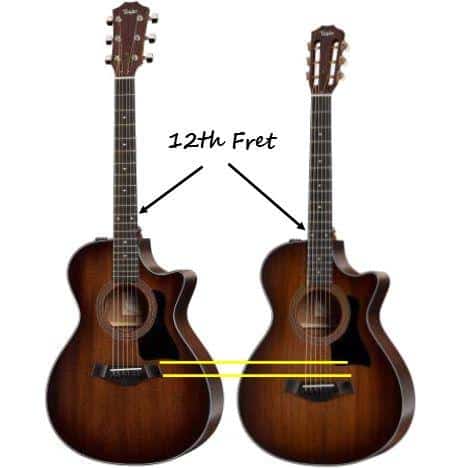
As I delve into the world of 12 fret acoustic guitars, I’m struck by their enduring legacy. From the parlors of the 19th century to today’s concert halls, the 12 fret guitar has a story as rich and resonant as its tone. Let’s uncover its journey through time. My research for various guitar publications has given me a deep appreciation for the evolution of guitar design, and the 12 fret model holds a special place in this narrative.
In my experience, the vintage 12 fret guitar embodies a connection to the instrument’s roots. I’ve had the privilege of playing some exquisite examples from the early 20th century, each with a voice that speaks of its era. Today, I see a resurgence of interest in these instruments, with modern luthiers crafting 12 fret guitars that honor tradition while embracing innovation. The shorter scale length and distinctive body shape continue to appeal to players seeking a unique tonal palette and intimate playing experience.
I’ve witnessed firsthand how contemporary folk and blues artists leverage the 12 fret’s warm, focused sound in their performances. It’s a testament to the instrument’s versatility that it finds a home in both traditional and experimental music scenes. As we look to the future, I’m excited to see how this classic design will continue to inspire and evolve, maintaining its relevance in an ever-changing musical landscape.
Customization and Maintenance
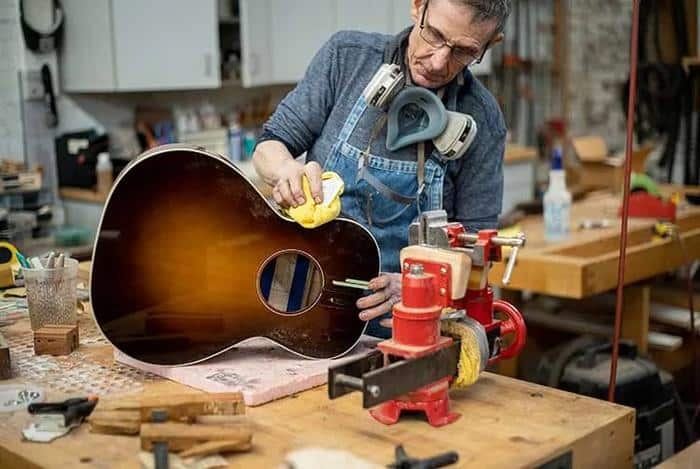
As a long-time player and enthusiast of 12 fret acoustic guitars, I’ve learned that these instruments are not just about playing, but also about personalizing and maintaining. Through my interactions with luthiers and guitar technicians, I’ve gained valuable insights into guitar care and customization. I’ll share some tips specific to maintaining and personalizing your 12 fret acoustic.
Imagine transforming your 12 fret guitar into a one-of-a-kind instrument that perfectly matches your playing style and sound preferences. With the right knowledge, it’s entirely possible. This journey of customization begins with understanding your guitar’s unique characteristics. The shorter scale length of a 12 fret acoustic guitar offers distinct opportunities for modification. I’ve experimented with different string gauges and found that slightly heavier strings can enhance the richness of tone without compromising playability.
One of my favorite customizations is upgrading the nut and saddle. I’ve used bone and TUSQ materials, each imparting a subtle but noticeable improvement in sustain and clarity. For those seeking a more dramatic change, consider a custom 12 fret acoustic guitar build. I’ve worked with luthiers to create instruments tailored to my exact specifications, from wood choice to body shape.
Maintenance is crucial for preserving your guitar’s sound and longevity. I religiously clean my fretboard and condition the wood, paying special attention to the area around the 12th fret where the neck joins the body. This care ensures smooth playability and protects against wear in this crucial area.
Community and Resources
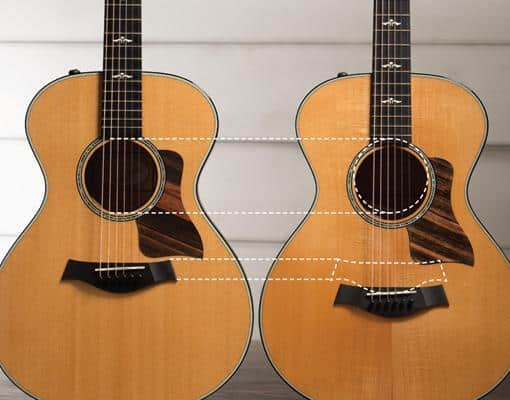
As an avid guitarist and active member of various online communities, I’ve found a wealth of knowledge and camaraderie among fellow enthusiasts. Ever wondered where guitar enthusiasts gather to share their passion for 12 fret acoustics? Let’s explore the vibrant online communities where knowledge and inspiration flow freely. From my experience, acoustic guitar forums are treasure troves of information, where seasoned players and beginners alike exchange tips, share their experiences, and discuss the nuances of 12 fret guitars.
I’ve spent countless hours engaging in discussions on platforms like Acoustic Guitar Forum and The Unofficial Martin Guitar Forum. These spaces have not only expanded my understanding of 12 fret acoustics but also connected me with luthiers, collectors, and performers who share my passion. Through these interactions, I’ve gained insights into rare models, learned about custom builds, and even discovered local jam sessions. The sense of community in these forums is truly remarkable, and I encourage every 12 fret acoustic enthusiast to dive in and become part of this vibrant world.
FAQs
What is a 12 fret acoustic guitar?
A 12 fret acoustic guitar is a type of guitar where the neck joins the body at the 12th fret, as opposed to the more common 14th fret. This design results in a shorter scale length and a different tonal character compared to standard acoustic guitars.
What are the advantages of a 12 fret acoustic guitar?
12 fret acoustic guitars offer several advantages:
- Warmer, fuller tone due to the bridge position
- Easier playability, especially for fingerstyle
- Increased sustain and resonance
- Vintage aesthetics and sound
- Slightly reduced string tension, making it easier on the fingers
How do I choose a 12 fret acoustic guitar?
When choosing a 12 fret acoustic guitar, consider the following factors:
- Body size and shape (parlor, 000, OM, etc.)
- Tonewoods used for the top, back, and sides
- Your playing style (fingerpicking, strumming, etc.)
- Budget
- Brand reputation and build quality
- Comfort and playability
Try out several guitars to find the one that best suits your needs and preferences.
Are 12 fret guitars suitable for beginners?
12 fret guitars can be suitable for beginners, especially those with smaller hands or those who prefer a vintage sound. The shorter scale length and lower string tension can make them easier to play. However, they may limit access to higher frets, which could be a drawback for some players. It’s best to try both 12 fret and 14 fret guitars to see which feels more comfortable.
How do I properly maintain a 12 fret acoustic guitar?
To maintain a 12 fret acoustic guitar:
- Keep it clean by wiping down after each use
- Store in a case with proper humidity control
- Change strings regularly
- Clean and condition the fretboard periodically
- Have it set up by a professional annually or as needed
- Avoid extreme temperature and humidity changes
Proper maintenance will ensure your guitar stays in top playing condition and preserves its sound quality.
Conclusion
As we come to the end of our journey, one question remains: Is a 12 fret acoustic guitar the missing piece in your musical arsenal? Throughout this guide, we’ve explored the unique characteristics of these instruments, from their distinctive sound quality to their enhanced playability. We’ve delved into the nuances that set 12 fret acoustics apart, comparing them to their 14 fret counterparts and examining their historical significance.
As a long-time player and enthusiast, I can attest to the captivating charm of 12 fret acoustic guitars. Their warm, balanced tone and comfortable body shape have won over countless musicians, myself included. Whether you’re a fingerstyle virtuoso or a rhythm strummer, these guitars offer a playing experience that’s truly unique. Remember, choosing the right instrument is a personal journey, but armed with this knowledge, you’re now equipped to make an informed decision that aligns with your musical aspirations.
Note to the Editor:
Martin 00012e is actually is 14 Fret guitar.
credit due